Authors
N. Ripoll, B. Á. Nic Dhonnchadha, V. Sébille, M. Bourin, M. Hascoët.
Lab
Neurobiologie de l’anxiété et de la dépression Faculté de Médecine EA 3256, Nantes, France.
Journal
Psychopharmacology
Abstract
Rationale: Animal models of anxiety such as the four-plates test (FPT) enable the detection of an anxiolytic effect not only of benzodiazepines (BZDs) but also of other non-BZD anxiolytic compounds such as the antidepressants paroxetine and venlafaxine. Retesting mice in animal models of anxiety markedly alters the behavioural profile of various drugs. Objectives: The aim of this study was first to investigate the function of GABAA/BZD receptor and passive avoidance acquisition in the FPT test–retest. The second aim of this study was to evaluate the capacity of the FPT to discriminate BZDs from other non-BZD anxiolytics in experienced mice. Methods: The FPT was performed in naive and experienced mice (submitted to the test 24 h previously). The drugs studied were two BZDs, diazepam (1 mg/kg) and alprazolam (0.25 mg/kg); flumazenil, a GABAA receptor antagonist (8 mg/kg); atropine sulphate, a muscarinic cholinergic receptor antagonist (4 mg/kg) known for its amnesic properties; paroxetine, a selective serotonin reuptake inhibitor (4 and 8 mg/kg); venlafaxine, a serotonin and noradrenalin reuptake inhibitor (4 and 16 mg/kg); and DOI, a 5-HT2A agonist (1 mg/kg). Results: Our results reveal an increase of anxiety (decrease of punished passages) in saline-experienced mice. Diazepam, alprazolam, paroxetine and venlafaxine did not prevent the increase in anxiety during retest, revealing a passive avoidance acquisition. Flumazenil did not modify the anxiogenic-like behaviour of experienced mice. In contrast, atropine seems to oppose the increase of anxiety; however, its effect is weak and disputable. DOI was the only anxiolytic compound able to oppose the decrease of punished passages of experienced mice. Conclusion: Anxiogenic behaviour on retesting indicates aversive learning. The protocol test–retest is unable to discriminate between the anxiolytic effect of BZDs from that of paroxetine or venlafaxine. However, this modified model may constitute a new tool to investigate other neural pathways implicated in anxiety.
BIOSEB Instruments Used
Aron Test or Four Plates Test (LE830)
Source :
http://www.springerlink.com/content/n0p3end8xe7f88r6/abstract/

 Douleur - Allodynie/Hyperalgésie Thermique
Douleur - Allodynie/Hyperalgésie Thermique Douleur - Spontanée - Déficit de Posture
Douleur - Spontanée - Déficit de Posture Douleur - Allodynie/Hyperalgésie Mécanique
Douleur - Allodynie/Hyperalgésie Mécanique Apprentissage/Mémoire - Attention - Addiction
Apprentissage/Mémoire - Attention - Addiction Physiologie & Recherche Respiratoire
Physiologie & Recherche Respiratoire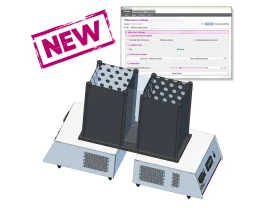
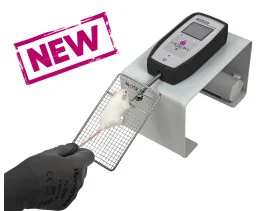
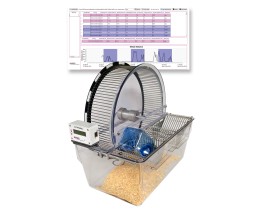

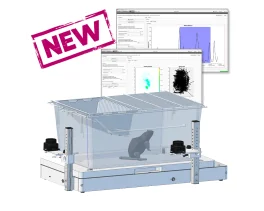

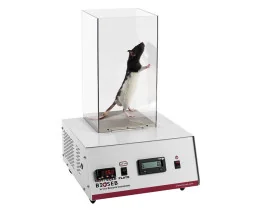
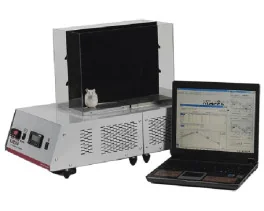

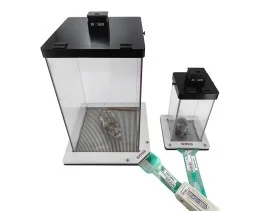

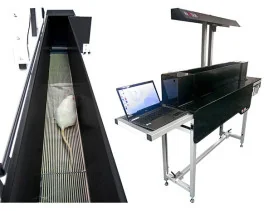
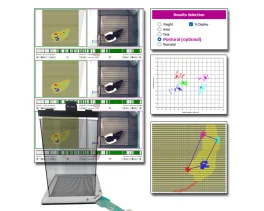
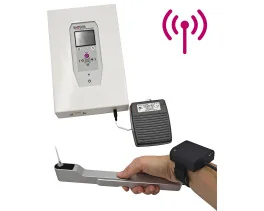
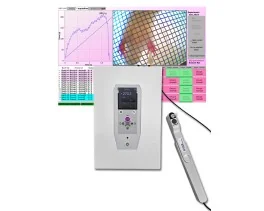

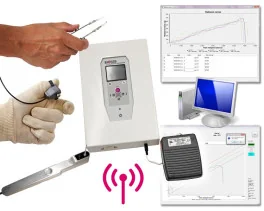

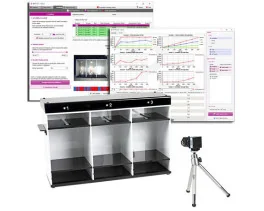
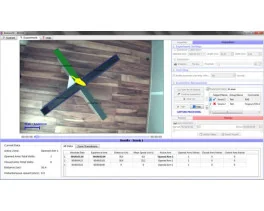
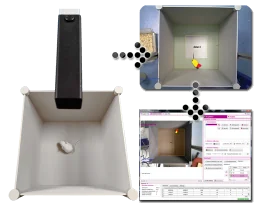


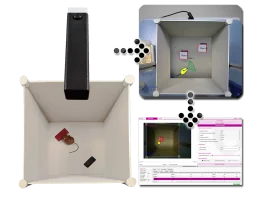

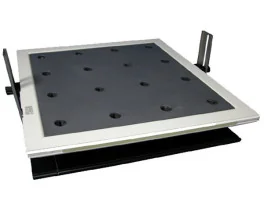


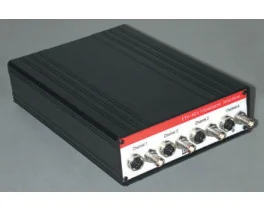
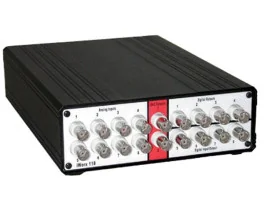
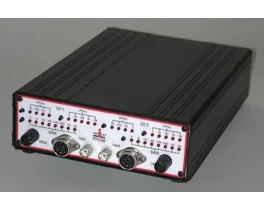
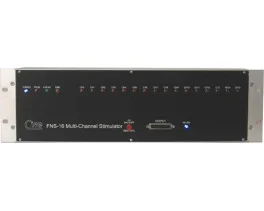
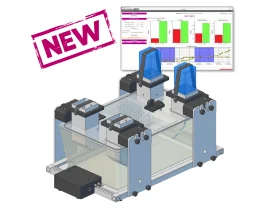
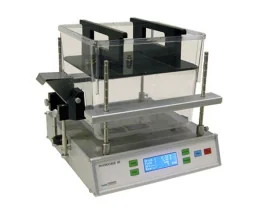
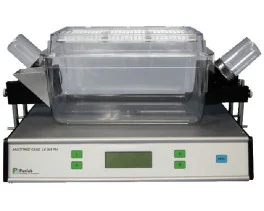
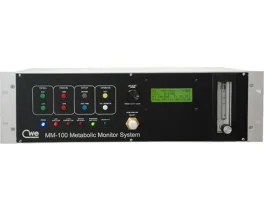

 Douleur
Douleur Système Nerveux Central (SNC)
Système Nerveux Central (SNC)  Neurodégénérescence
Neurodégénérescence Système sensoriel
Système sensoriel Système moteur
Système moteur Troubles de l'humeur
Troubles de l'humeur Autres pathologies
Autres pathologies Système musculaire
Système musculaire Articulations
Articulations Métabolisme
Métabolisme Thématiques transversales
Thématiques transversales Congrès & Meetings
Congrès & Meetings